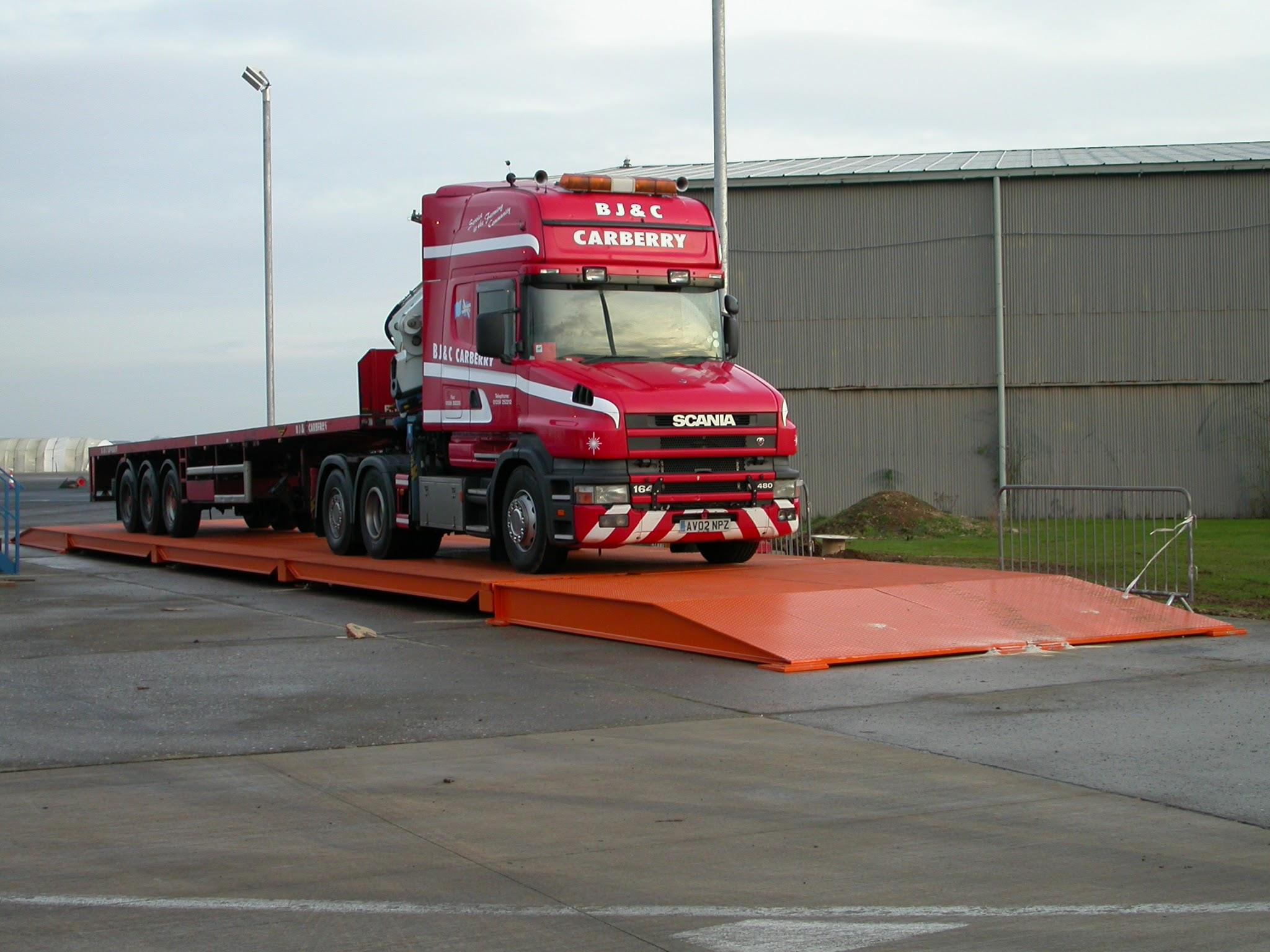Make use of weighing scales in their day-to-day operations, especially those who are into a product business. Any business that uses weighing scales needs to make sure that they are calibrated before their employees use them. Calibration is the process of testing a machine or weighing scale from time to time to maintain the accuracy level.
Even the highest quality of weighing scales cannot stay accurate forever. Even the day-to-day wear and tear and exposure to environmental conditions like moisture temperature can affect the accuracy levels of a scale. Let us dive deeper into the responsibilities of onsite calibration.
What is the Calibration of instruments?
Calibration is the process of comparison of measured value taken from an instrument that you want to calibrate with a standard or reference value of high accuracy. It helps you to check and ensure the level of accuracy you need. In a laboratory, where the results depend on the exact weight, calibration of the balance is of particular importance. A wrong scale can seriously damage your business. During processing and manufacturing, the incorrect measurement can lead to product quality problems, rejecting many, or even returning the product.
What is Onsite Calibration?
The onsite calibration means when a machine or weighing scale is too large or difficult to transfer to the service provider. Sometimes, the business using the equipment cannot afford to hamper the work by taking it for calibration. For example, the weighbridges used to weigh truckloads are not possible to transfer to another place for calibration. Such businesses call a service provider to their location to carry out the calibration of the weighing scale.
Check the installation
During an onsite calibration of instruments, professionals first visit the site and check whether the equipment is installed correctly or not. They check all the connections and power supply to ensure that your scale gets the proper power supply and connected properly to relevant devices. Moreover, the base at which the scale is placed is leveled or not. If the weighing scale is not leveled correctly, it is sure to give inaccurate readings.
Sometimes the equipment is not installed correctly, while sometimes, users are not well trained to use the equipment. A scale can give inaccurate readings if it is not used correctly. So, the engineers check the installation as well as the method of use.
Test the quality
A professional team visits the place where the weighing equipment is installed and tests the quality of results. Also, check the quality of connections and accessories and offer them insights about the inaccuracy in readings. The calibration team tests the quality of all the devices connected to the weighing scale and the scale itself. If there are any worn components or parts, they suggest the business replace them to make the scale function properly.
Comparison with reference equipment
Engineers that visit a business site for calibration of equipment have standard or reference equipment. Their primary purpose is to compare the equipment to be calibrated with the reference equipment and notice the deviation in results. The standard equipment they use depends on the equipment that needs calibration.
Millennium Mechatronics offers weighing equipment and accessories for residential and commercial use. They use high-capacity loadcells in their weighing machines and supply them across Australia. If you want weighing equipment for your business in Australia, you can consider buying from them.
Final Words
Calibration is the most important part of the weighing process as it is done to maintain accuracy and reduce the chances of errors. By calibrating their weighing scales regularly, businesses can offer better services to their clients and customers.

